For city dwellers who cannot get out to the countryside, one solution is to bring the countryside into the city. In the first-century AD, the Roman poet Martial coined the phrase rus in urbe, in envious admiration of his rich friend Sparsus’s city villa, secluded and free from the constant roar of urban life. As city populations have grown, so has the need for ‘countryside in the city’ and its benefits. Different eras have offered similar solutions. In his pamphlet Fumifugium (1661), John Evelyn proposed making hedged plantations of ‘fragrant Shrubs, Trees, and Flowers’, which would give ‘Health, Profit, and Beauty’ to counteract the air pollution in London. By the late 18th century, William Pitt described parks, then at risk of being built over, as ‘the lungs of London’.
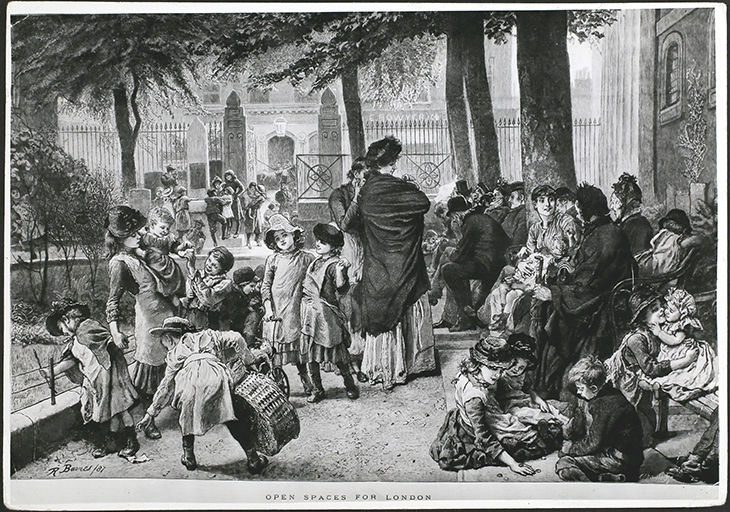
A scene in the churchyard of St John’s Church on Waterloo Road, by R. Barnes, published in the Graphic in 1887. Photo: Hulton Archive/Getty Images
London had become the largest city in the world in the early 19th century, with the population rising during the century from 864,000 to 4.5m. The growth was so rapid and the city became so densely populated that ordinary citizens had no access to open spaces or clean air. The cholera and typhoid epidemics in the 1830s led to major changes in the city’s infrastructure and design. Parks and playgrounds were believed to be a panacea for overcrowding, poverty and ill-health. But how do you increase access to gardens and parks in a city with no undeveloped land? The Victorians repurposed the vacated inner-city churchyards (closed after the Burial Acts of the 1850s) to make gardens and they laid out new public parks in what were then the outer edges of London. Finsbury Park was first proposed in 1850 as an ‘out-county’ park for the residents of Finsbury in the City of London and it was laid out in 1866 as London’s second public park (the first, Victoria Park in Hackney, had been established in 1842 on the recommendation of the epidemiologist William Farr). Finsbury Park was intended to provide respite from overcrowding but at a distance of three and a half miles it would not have been readily accessible during the week. Hence, seven smaller inner-city burial grounds were converted into public gardens in the 1870s, including St George’s Gardens, Bloomsbury, and St Pancras Old Church yard: an idea first proposed by Sir Edwin Chadwick in 1843. Legislation in 1877 and 1881 along with the foundation of the Metropolitan Gardens Association in 1882 led to many more inner-city public gardens. Such spaces were popular: a survey of the playground laid out in 1884 on the site of the former Horsemonger Lane Gaol, Southwark, showed 2,839 children on average visited each day.
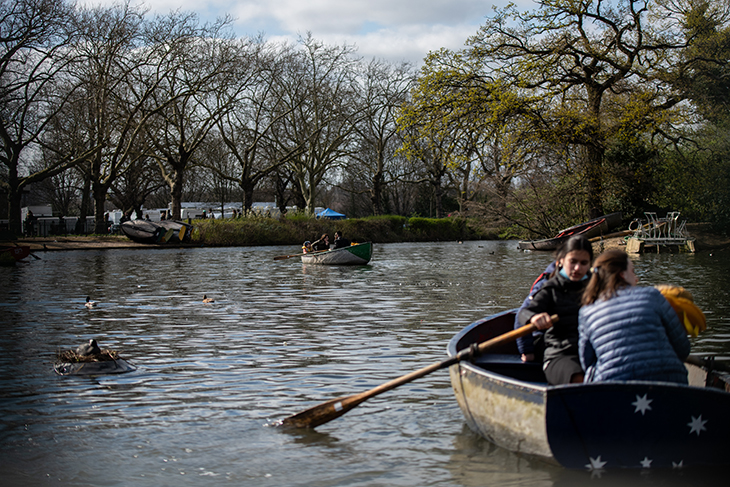
Boaters on the lake in Finsbury Park, north London, 2 April 2021. Photo: Chris J Ratcliffe/Getty Images
The pandemic shows that today’s Londoners need open space and clean air more than ever. One initiative currently in development is the Camden Highline, which has the added advantage of being elevated away from the traffic and pollution. The winners of the design competition were a multidisciplinary team led by the landscape designers James Corner Field Operations. The practice has already worked with the planting designer, Piet Oudolf, on the New York High Line and the London Olympic Park. The 1.1km walkway will connect Camden to King’s Cross along a disused railway line, with cafes and seating lining the way. This scheme, together with the proposed Peckham Coal Line, could provide London with new walkways in the sky.
Other repurposed sites in London fall into six broad categories:
• Wasteland, such as former bomb sites and industrial sites, is one. Examples with particularly evocative names are Phoenix Garden in the West End, Meanwhile Gardens in Maida Vale, Ropers Gardens (once part of Thomas More’s Thames-side gardens in Chelsea), Barber-Surgeons’ Hall Gardens (one of 10 remaining livery-company gardens in the city, it contains the remains of a section of Roman fort) and Crabtree Fields, reached from Colville Place (off Charlotte Street), an example of a well-planted pedestrianised route.
• Former railway lines and sidings can be converted into linear walks and small parks. Examples include the Dalston Eastern Curve Garden, Gillespie Park in Islington, and the Parkland Walk further north, London’s only existing disused railway walk.
• Canals, reservoirs, rivers, and filter beds, which can become parks and nature reserves. Examples include Rembrandt Gardens on Regent’s Canal (created in the 1950s and renamed in 1975 to mark 700 years since the foundation of the city of Amsterdam), the Canonbury section of the New River Walk, Walthamstow Wetlands, Woodberry Wetlands, the Waterworks Nature Reserve & Middlesex Filter Beds in the Lee Valley, and the Tower Bridge Floating Gardens.
• Cemeteries, graveyards, and other burial sites, including those in the City of London destroyed in the Great Fire or in the Blitz. Examples include St Dunstan in the East, Christchurch Greyfriars Churchyard Garden, St Vedast-alias-Foster, and St Mary’s Lambeth, now part of the Garden Museum.
• Temporary sites awaiting development, such as the Skip Garden at King’s Cross, now relocated to the north of the British Library and renamed the Story Garden.
• Some commercial developments have a community benefit, often as a ‘planning gain’. These include the King’s Crescent play street, the high walks as part of the London Wall Place development (overlooking St Alphage London Wall), and the gardens of Pearson Square, Fitzroy Place, forming a new setting for J. L. Pearson’s Fitzrovia Chapel that was once the centrepiece of Middlesex Hospital (demolished 2008–15).
The best schemes, of course, usually have champions or sponsors to donate time and money. The Camden Highline is one such, its success driven not just by a big budget, but continued championing and engagement by its sponsors and supporters in the community. For Londoners in need of more open space, things seem to be on the right track.
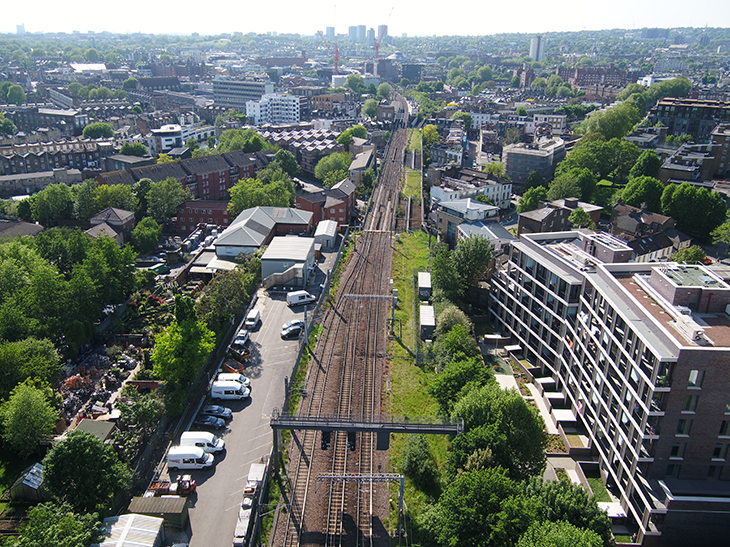
View of a section of the proposed Camden Highline from Camley Street
More information on the Camden Highline project can be found here.
Unlimited access from just $16 every 3 months
Subscribe to get unlimited and exclusive access to the top art stories, interviews and exhibition reviews.

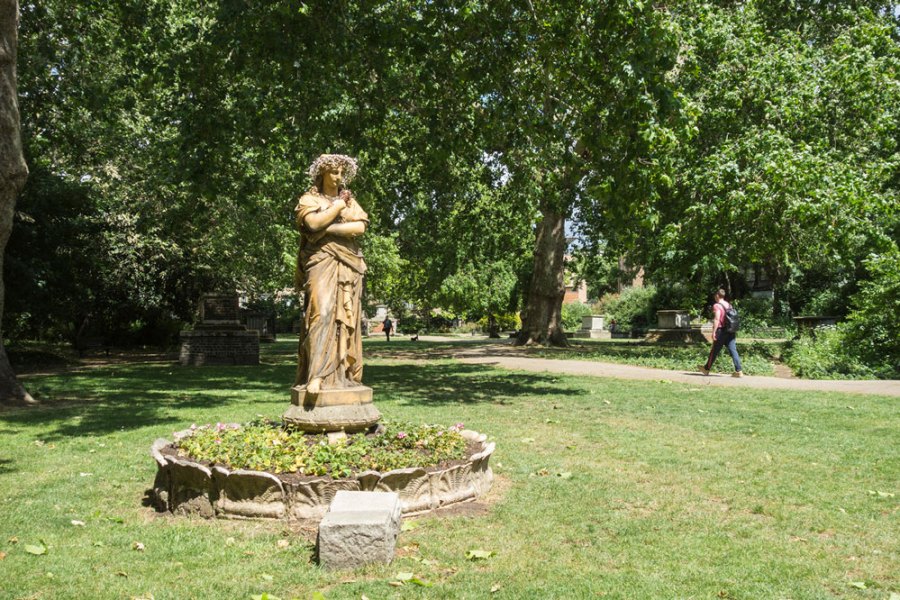
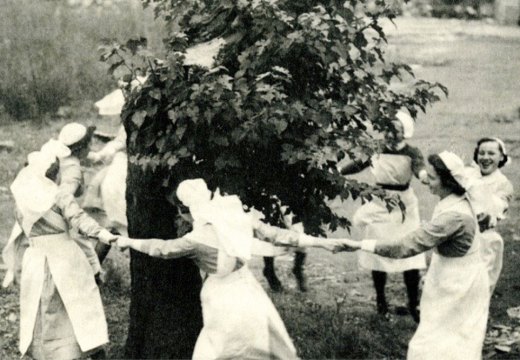

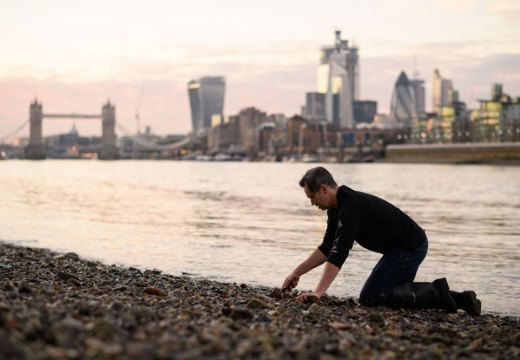









![Masterpiece [Re]discovery 2022. Photo: Ben Fisher Photography, courtesy of Masterpiece London](http://www.apollo-magazine.com/wp-content/uploads/2022/07/MPL2022_4263.jpg)
It’s time for the government of London to return to its rightful home